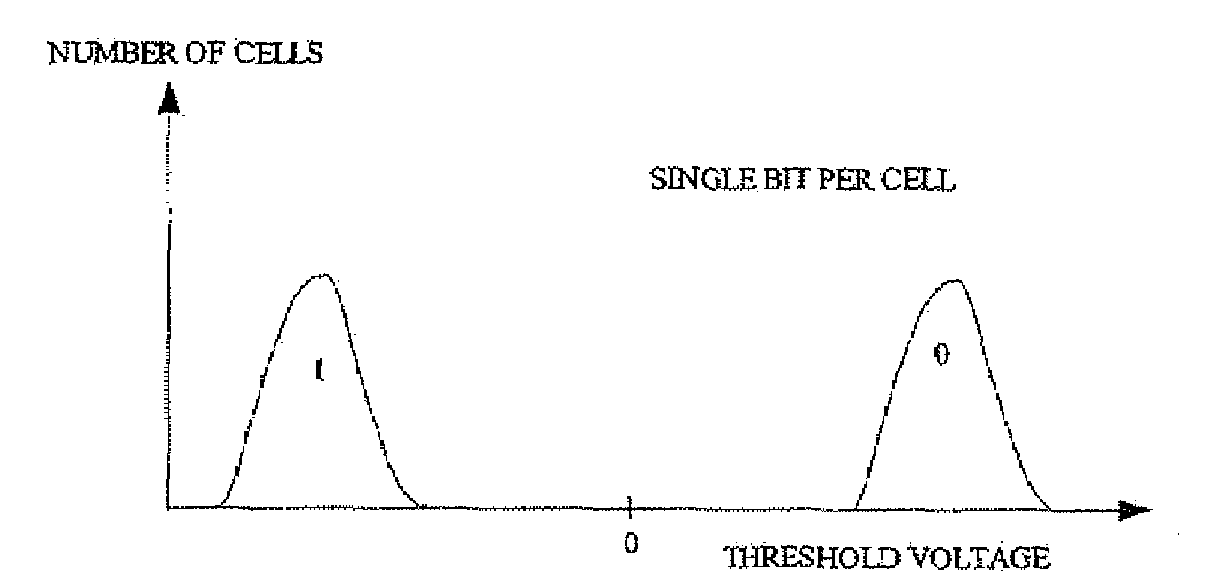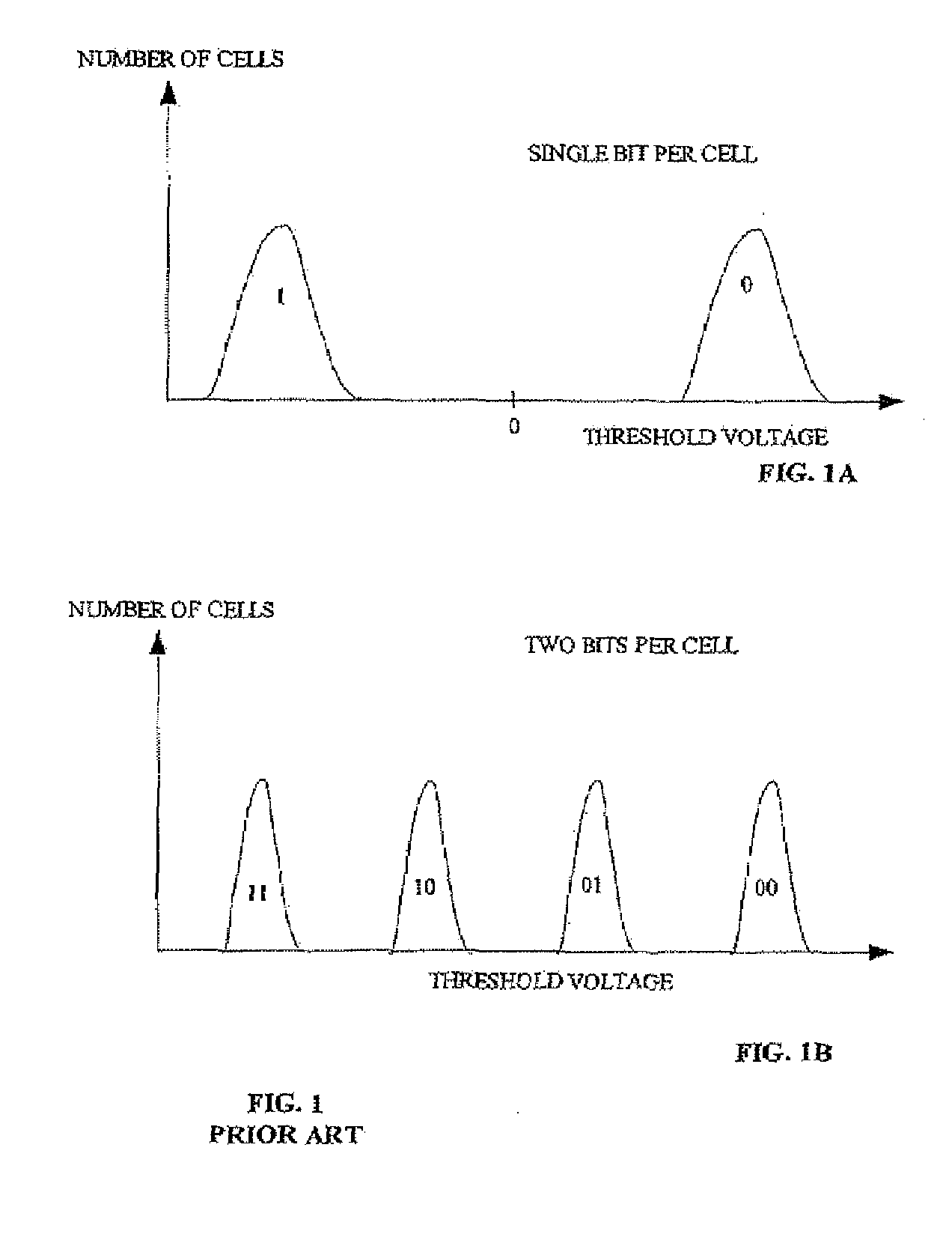Method and system for adaptive coding in flash memories
a flash memory and adaptive coding technology, applied in the field of computer memory storage, can solve the problems of inability to erase a full block of cells, inability to program a mbc flash cell, and inability to store the desired “01” bit pattern in the second cell without erasing the cell
- Summary
- Abstract
- Description
- Claims
- Application Information
AI Technical Summary
Benefits of technology
Problems solved by technology
Method used
Image
Examples
Embodiment Construction
[0056]The principles and operation of the programming of a memory such as a flash memory according to the present invention may be better understood with reference to the drawings and the accompanying description.
[0057]Two examples of code construction now will be described, with corresponding encoding and decoding algorithms. One code construction is suitable for “hard” feedback. The other code construction is suitable for “soft” feedback.
[0058]The described code constructions satisfy the following properties:[0059]Every vector of information bits is associated with multiple codewords.[0060]An efficient low-complexity encoding algorithm exists for the code. For a given set of “hard” / “soft” constraints on the desired codeword, the encoding algorithm allows low complexity encoding of the information vector into a codeword that satisfies all or most of the constraints as closely as possible with high probability.[0061]An efficient low-complexity decoding algorithm exists for the code,...
PUM
 Login to View More
Login to View More Abstract
Description
Claims
Application Information
 Login to View More
Login to View More - R&D
- Intellectual Property
- Life Sciences
- Materials
- Tech Scout
- Unparalleled Data Quality
- Higher Quality Content
- 60% Fewer Hallucinations
Browse by: Latest US Patents, China's latest patents, Technical Efficacy Thesaurus, Application Domain, Technology Topic, Popular Technical Reports.
© 2025 PatSnap. All rights reserved.Legal|Privacy policy|Modern Slavery Act Transparency Statement|Sitemap|About US| Contact US: help@patsnap.com



